
Signals Image Artist
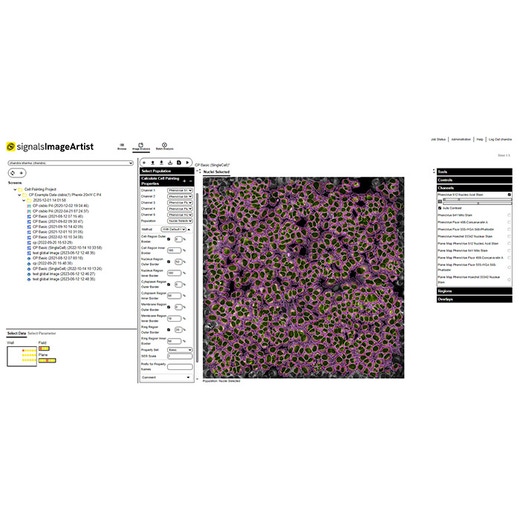
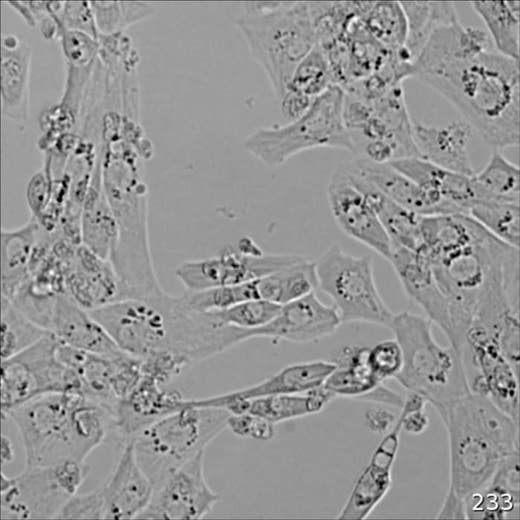
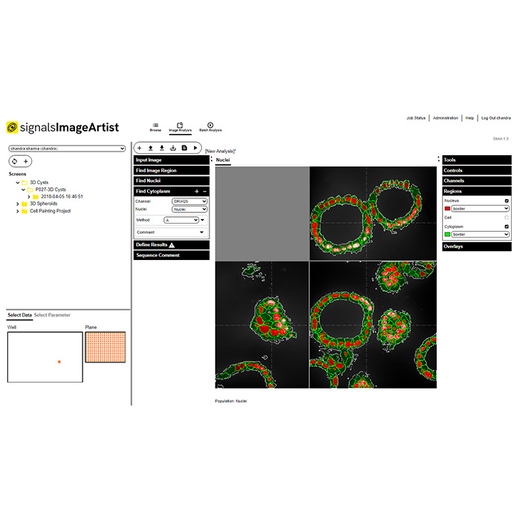
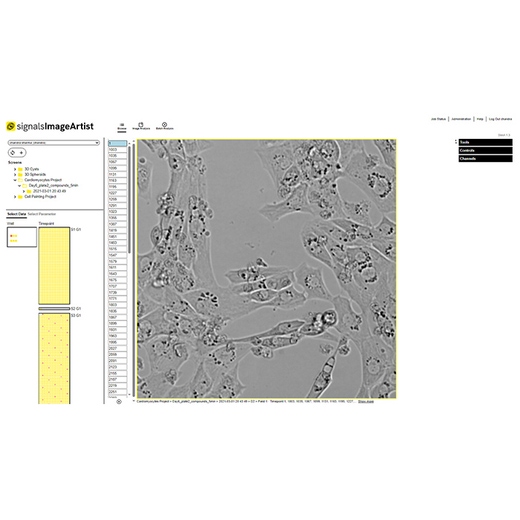
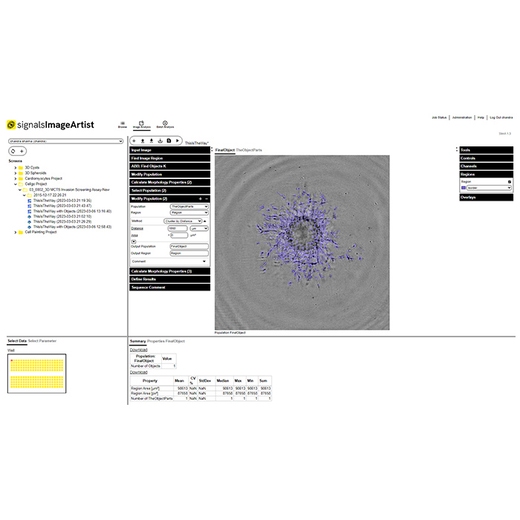
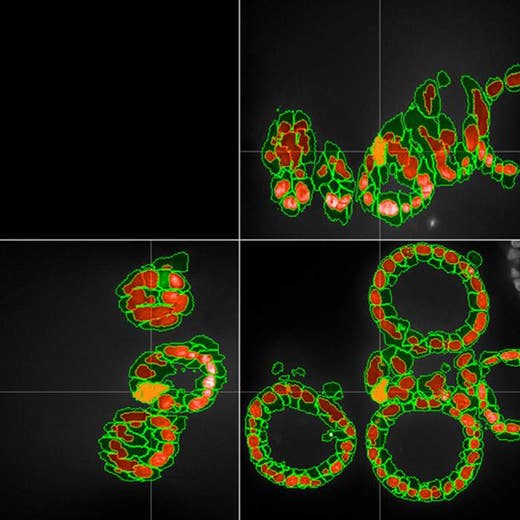
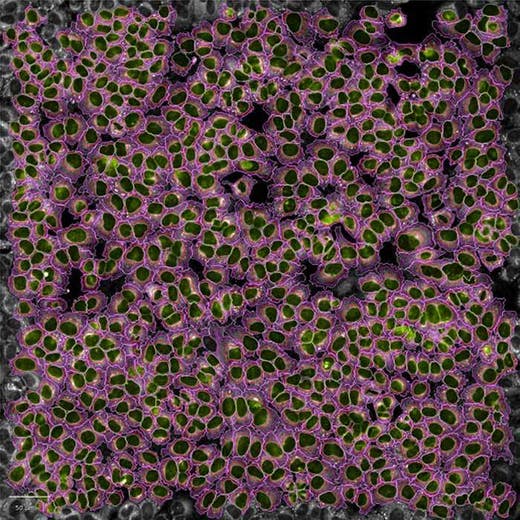







Signals Image Artist
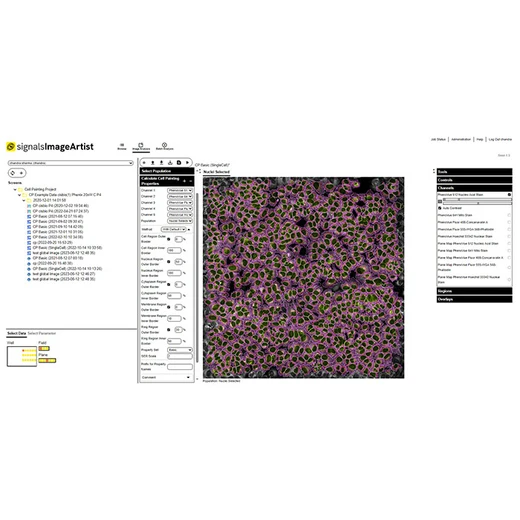
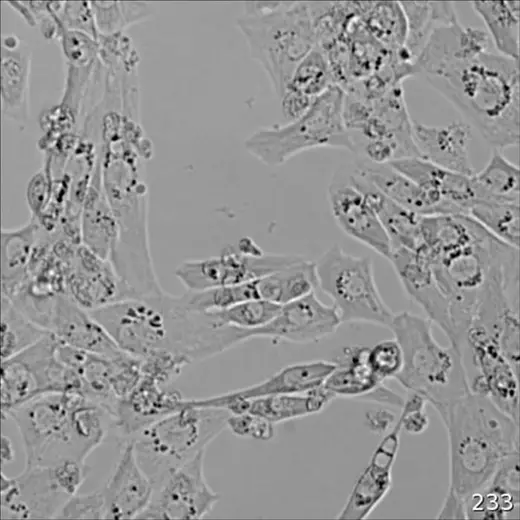
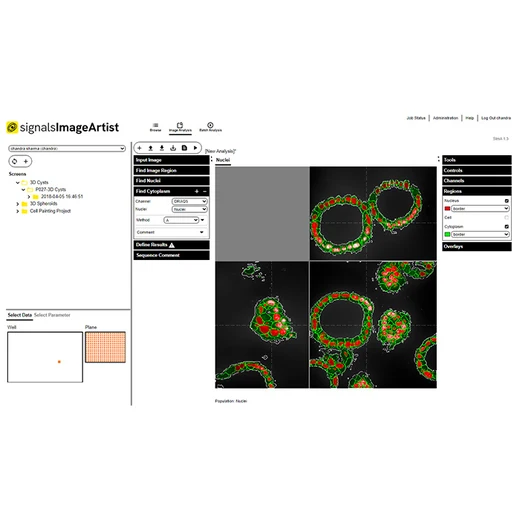
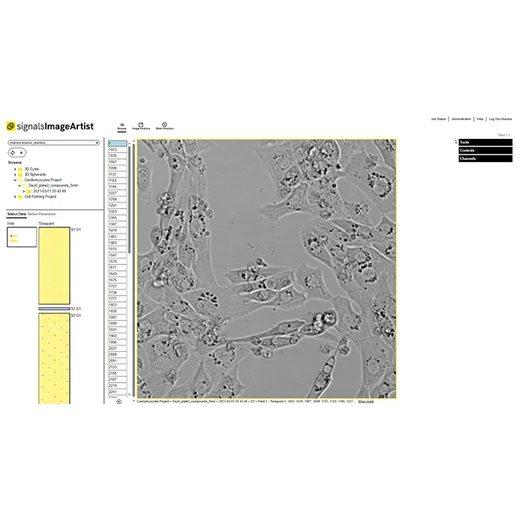
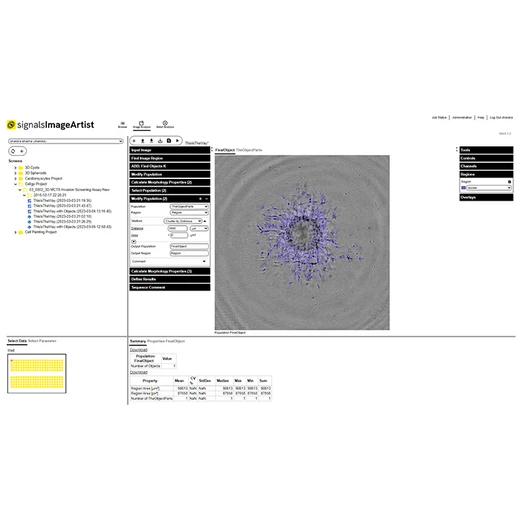
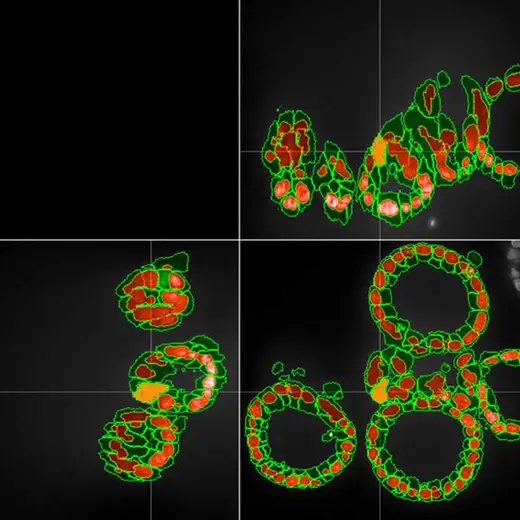
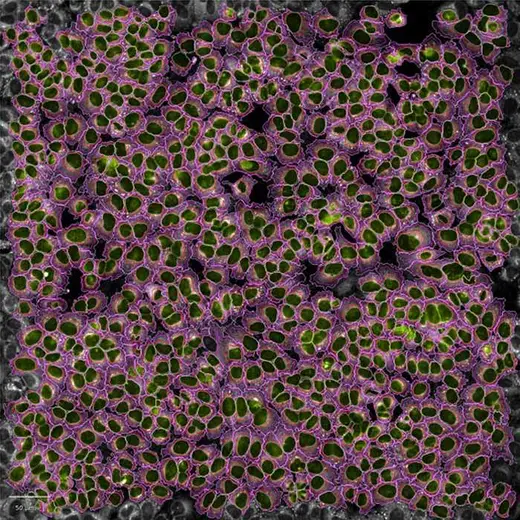







Signals Image Artist














Signals Image Artist™ is our next generation image analysis and management platform for high-content screening and cell imaging data. Quickly process, analyze, share, and store the vast volumes of data generated by high-content screening and cellular imaging, including live cell imaging, 3D imaging, phenotypic screening, and cell painting – so you can get your answers sooner. Reduce time to results from days and weeks to hours!
The only commercially available platform that provides universal high-volume image data storage and analysis, Signals Image Artist supports image data from all major high-content screening and cellular imaging systems. It uses high performance computing and an industry standard object store to provide a scalable, cost-effective, and multi-user solution for image analysis and management that can expand with your labs evolving needs.
Product information
Overview
Next Generation Image Analysis and Management
Signals Image Artist has powerful capabilities for processing, analyzing, storing, and sharing all your high-content screening and cell imaging data – so you can significantly cut your time to results.
- Fast image data processing and image analysis even for complex assays powered by high performance computing
- Easy-to-use assay building blocks with integrated Artificial Intelligence (AI) that make advanced image analysis straightforward – now with improved segmentation and analysis capabilities for 3D cell applications
- A central location to store all your image data with associated instrument metadata for an enduring picture of experiments
- Compatible with all major high-content screening and cell imaging systems
- Multi-user solution that can support your entire lab without compromising performance
- Scalable data storage to expand with your labs needs over time
- Seamless integration with Revvity Opera Phenix® Plus and Operetta CLS™ high-content screening systems operated by Harmony® software, as well as Signals VitroVivo for profiling image data, hit selection, and more
- NEW! The latest version is compatible with data from a broader range of systems including the Celigo® image cytometer
- NEW! Wider range of on-premise and cloud options, with AWS S3 support. Now featuring flexible tier-based storage options, and Intelligent-Tiering for automatic cost-savings.
It is also part of our complete workflow solution for high-content screening that includes PhenoVue™ cellular imaging reagents, PhenoPlate™ imaging microplates, HCS instruments, image cytometers, software, and automation.
For All Your High-Content Screening and Cellular Imaging Data
High-content screening and cellular imaging experiments generate huge amounts of image data. With the latest applications such as phenotypic screening, cell painting, and 3D imaging which use more complex, physiologically-relevant disease models, the volume of data continues to grow.
To maximize all this valuable data, you need a powerful solution for image processing, management and storage, and for sharing data with colleagues.
Signals Image Artist allows you to bring together cell imaging data from a wide range of sources on a single software platform so that you can store, share, analyze, and re-analyze it seamlessly.
Not only does it make managing image data easier for research scientists but also for your IT team. With cloud deployment options (such as AWS S3), your IT team have just one platform and installation to manage and store research image data which can easily be scaled. They can also have peace of mind with enhanced security for cloud deployments. What's more, with AWS S3, you can choose from a range of storage classes based on your cost and data access requirements, and optional Intelligent-Tiering allows automatic transfer of data to more cost-effective tiers, based on access frequency.
Image Analysis Designed for Biologists
Whether you are performing phenotypic screening, cell painting, 3D imaging, live cell imaging, or more routine assays, Signals Image Artist is designed to make it easy for biologists to perform sophisticated image analysis without any coding experience.
The software platform’s image analysis building blocks encapsulate many years of knowledge and expertise in cellular imaging and analysis - so that you can focus on the biology. By simply adding together building blocks such as “Find Nuclei” and “Calculate Cell Painting Properties”, users can quickly create image analysis protocols in just a few simple steps.
With 3D cell models bridging the gap between 2D cell cultures and in vivo animal models, Signals Image Artist has been further optimized for 3D cell applications, with improved segmentation and analysis capabilities – so you can generate more accurate results than ever.
Built-in Artificial Intelligence (AI) and machine learning technologies allow users to train the software to develop image analysis algorithms. While other systems may require an image analysis expert to create an algorithm, Signals Image Artist uses proprietary machine-learning technology to make it easy for you to do it on your own. Using a learn-by-example approach, in just a few clicks segmented images can be classified quickly and easily.
This is all powered by high performance computing, so you can get your answers faster.
- Get started without extensive training
- Measure complex and subtle phenotypic responses
- Compare multiple samples, plates, or batches to quality check your results
- Kinetic measurement capabilities to track cells, reveal changes in cell properties, and provide information on cell movement
- Use with Signals VitroVivo to perform screening data analysis and validation, QC analyses, calculate reliable normalization, multivariate hit stratification, dose response curves, and drug response profiling
Specifications
| Brand |
Signals Image Artist
|
|---|---|
| Unit Size |
1 Each
|
Image gallery














Signals Image Artist














Signals Image Artist














Resources
Are you looking for resources, click on the resource type to explore further.
Mitochondria are complex networks that are highly variable, both between cell lines and within cell populations. Reliably...


How can we help you?
We are here to answer your questions.






























